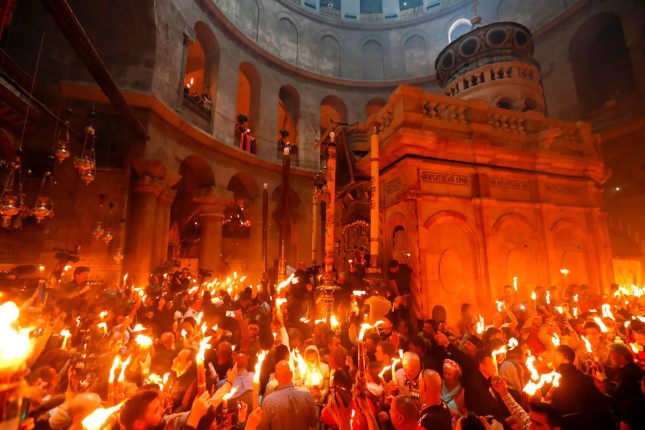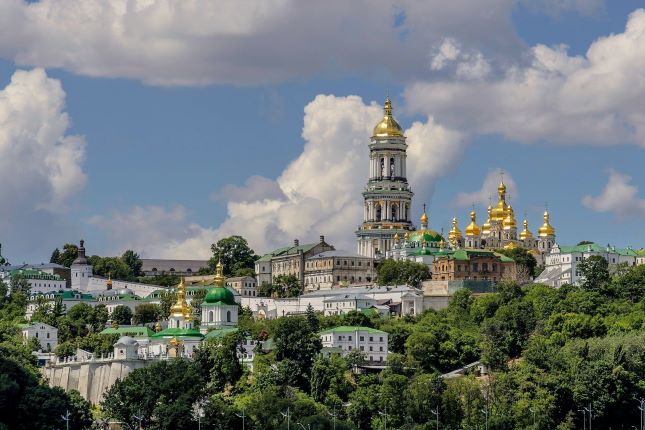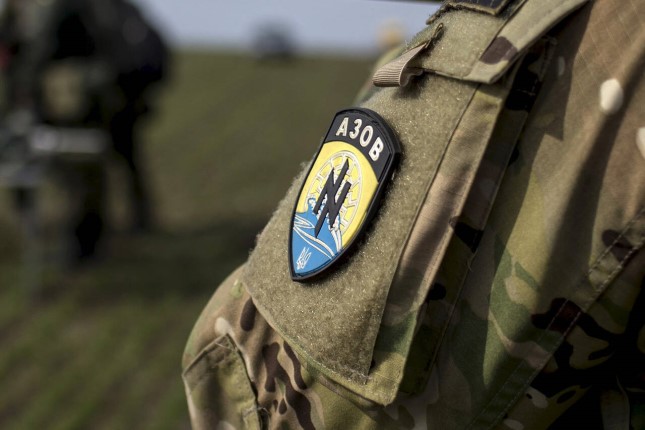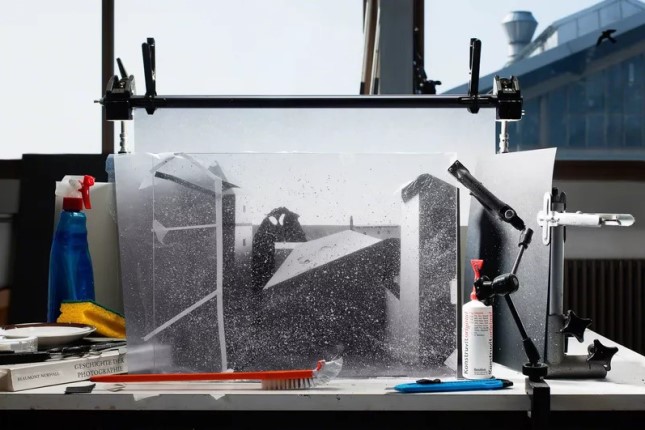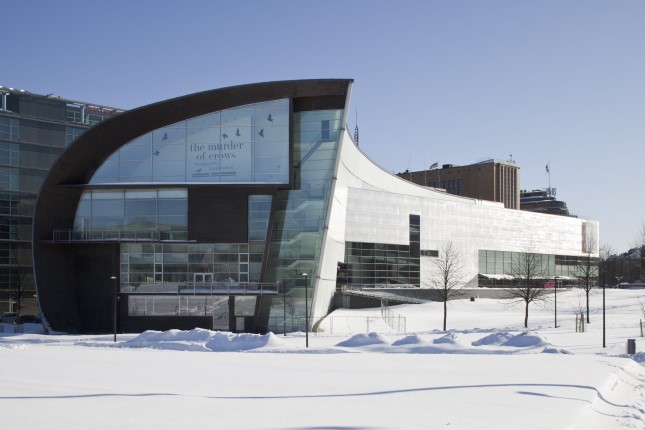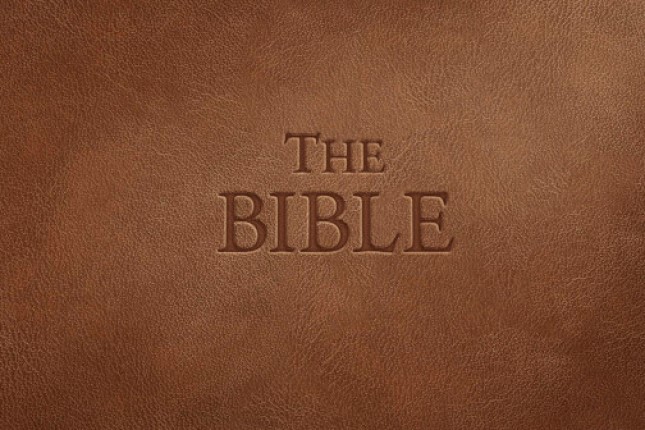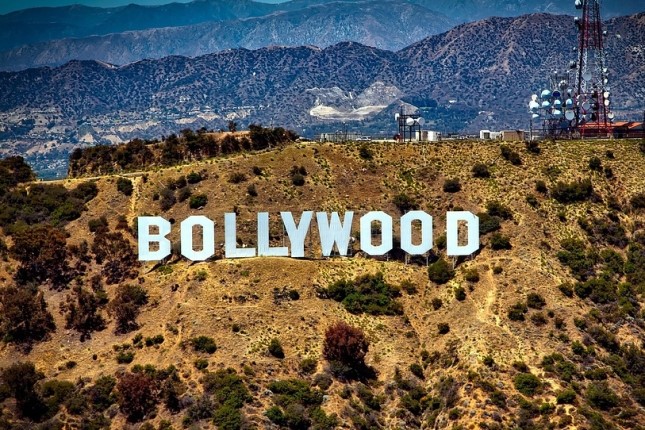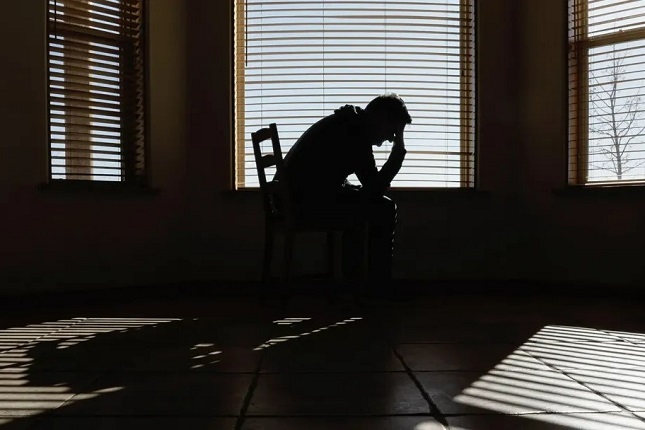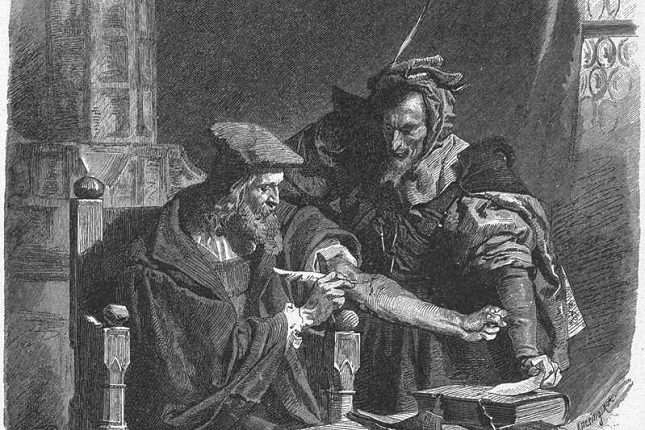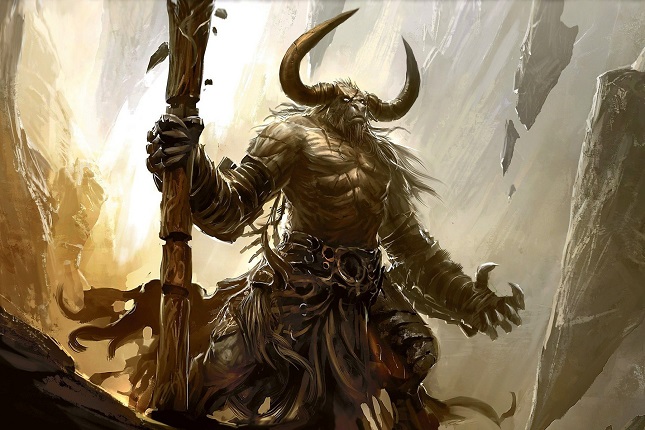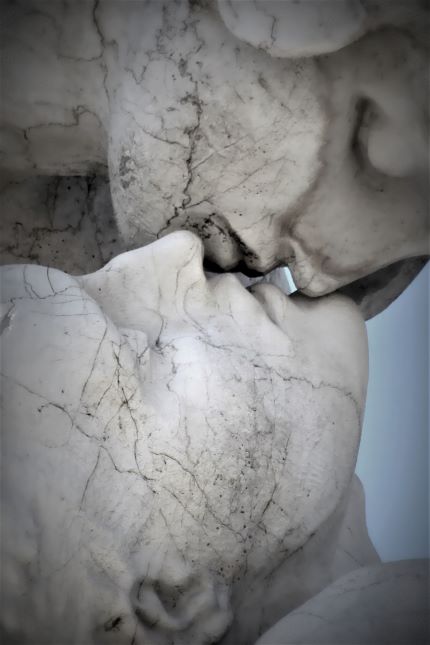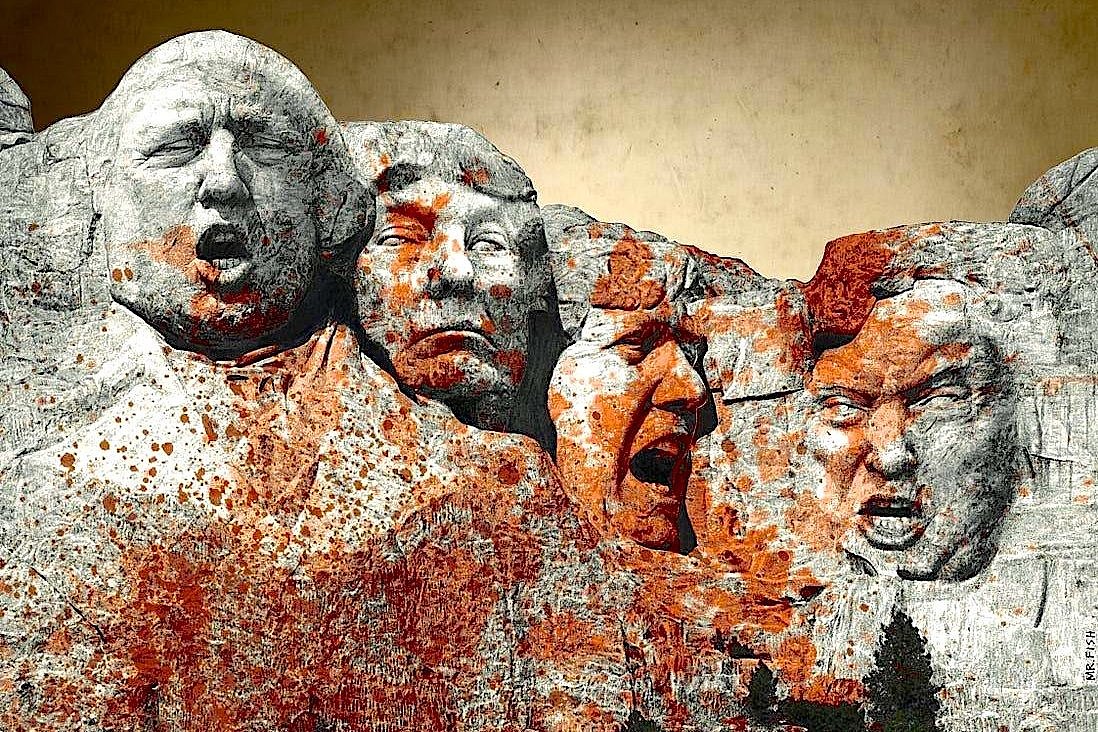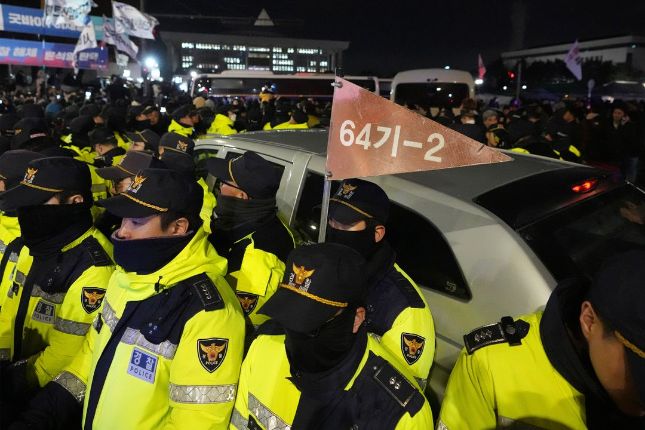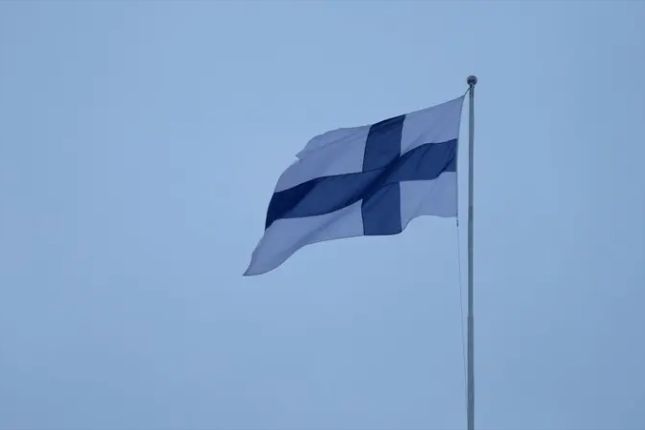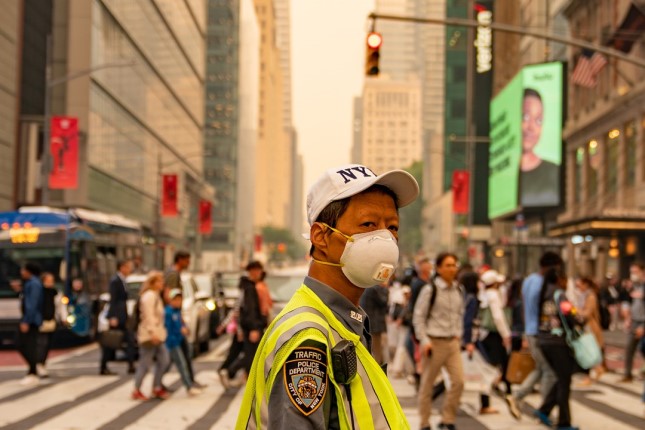The Holy Fire descended from Heaven in Jerusalem on Saturday, April 15, just as it has every year before Pascha, or Easter, for 1,500 years.
Thousands were in attendance while the head of the Greek Orthodox Patriarchate of Jerusalem entered the Holy Sepulchre—the tomb where Jesus Christ was laid after they took Him down from the Cross—to pray and wait for God to send the blessed Fire down, miraculously lighting his candles as he prays in the Tomb.
There is no formula—sometimes the Patriarch has to wait and pray for an hour or more, sometimes half an hour, or ten minutes. This year Patriarch Theophilos of Jerusalem was in the Tomb for about five minutes before the bright light of the Holy Fire could be seen through the windows of the edicule (the edifice erected over the historical site of Christ's burial). Everyone began to shout and cheer as the Patriarch exited the tomb and passed the Light to all those in attendance.
Witnesses say that the flame does not burn at least for the first several minutes. Traditionally, pilgrims hold bundles of 33 candles—one for each year of the earthly life of the Jesus—and you can find many videos online of people "washing" their faces, beards, and hands with the massive flame of their 33 candles.
Delegations from around the world attend the ceremony and then take the flame back to their own countries on specially chartered planes to deliver the Holy Fire to their local churches. For example, the Holy Fire has been delivered to Christ the Savior Cathedral in Moscow during the midnight Pascha service for many years now.
For those who are unfamiliar with the ceremony of the Holy Fire, this may all sound pretty questionable, or even somehow un-Christian.
But for those in the know about the Holy Fire—chiefly Orthodox Christians—it is a great miracle that God works every year as a sign of His presence, His love, His grace, and a reminder that He is "the light of the world" (John 8:12) and that He came to earth to save mankind.
So what exactly is the Holy Fire?
Some believe it is nothing more than a perpetuated fraud, but for those who believe, the miracle of the Holy Fire, like any miracle, cannot be precisely defined.
Fire is used throughout Scripture to represent the presence and glory of God. Often, the fire is the very presence of God: God spoke to the Prophet Moses in the Burning Bush on Mt. Sinai, but the bush was not consumed by the fire. This was not a created fire, but a manifestation of God's uncreated glory.
The Holy Fire, on the other hand, though miraculous, is certainly a created fire. Though it initially does not burn anyone or anything, it does eventually begin to behave as a more or less ordinary flame, though it is still a special blessing from God.
While some skeptics argue that surely there must be a lampada already burning inside the tomb, or surely the Patriarch has matches somewhere on him, in fact, the Patriarch is thoroughly searched every year by the Israeli authorities, who verify that he has nothing with which he could light his candles. This task used to be carried out by Turkish soldiers in the times of the Ottoman Empire.
And the Holy Fire is not a modern phenomenon. In fact, there are testimonies about the miracle that stretch back more than 1,500 years ago.
The earliest surviving account is from a Western European Christian woman named Etheria who went on a pilgrimage to the Holy Land somewhere in the early-mid 380s and left behind a detailed account of her trip, published as The Pilgrimage of Etheria.
She spent three years in Jerusalem, and the second part of her text is a detailed account of the liturgical services and observances of the Church there, including her description of a ceremony in which a light comes forth from the edicule over the Tomb, from which the candles of all those present are lit.
Bernard the Wise, a monk from what is today France, took his own pilgrimage to the Holy Land in 876, leaving a similar testimony of the rite of the Holy Fire. Further testimony comes to us from the Russian Abbot Daniel who made a pilgrimage in the years 1106-1107.
There are many other such pilgrimage itineraries And in modern times, the ceremony is televised and shown online every year.
It's also known that the Holy Fire only descends for the Greek Orthodox Patriarch of Jerusalem. There are many Christian denominations represented in the Holy Land, and the Church of the Holy Sepulchre itself—which includes within it both the site of the Lord's Crucifixion and of His burial—is divided between several communities. However, the main altar is under the jurisdiction of the Orthodox Church, and it is the Orthodox Patriarch who heads the Holy Fire ceremony every year. All other denominations receive the Fire from him.
There are also several historical incidents that testify to this fact.
According to the 12th-century Armenian historical Matthew of Edessa, the Holy Fire refused to descend in 1102 after the Franks had seized the holy sites from the local Orthodox clergy and expelled the Greeks from their monasteries. When the ancient miracle did not occur, the Franks understood their error and restored the properties to their rightful owners, and the Fire descended a day late.
The most famous incident occurred in 1579, when the Turkish governors forbade the Patriarch of Jerusalem and the Orthodox faithful to enter the Church of the Holy Sepulchre for the Holy Fire ceremony. Meanwhile, the Armenian Patriarch prayed all day and night to receive the Holy Fire.
According to archival documents, the Orthodox faithful remained outside the church for many hours. Patriarch Sophronius IV stood in prayer at the left side of the Church entrance. When night had already fallen, a column near the Patriarch split when the Holy Fire flew through it and lit his candle. The awestruck Turkish guards then opened the Church and let the faithful in.
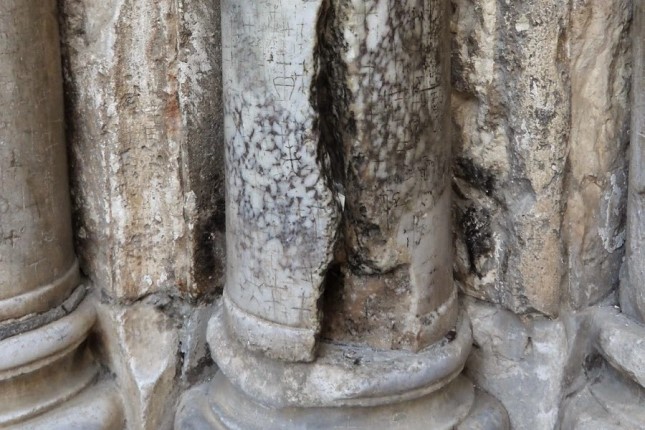
The split column can be seen to this day.
In recent years, Israeli authorities have attempted to enforce excessive restrictions on the ceremony that would make it virtually impossible for many pilgrims to attend.
However, knowing the importance of the Holy Fire rite, the Jerusalem Patriarchate has essentially ignored the restrictions and called on all to attend the event, and as usual, the Church has been filled to overflowing with the faithful and the curious from throughout the world who come to witness Christianity’s oldest and most enduring miracle.
